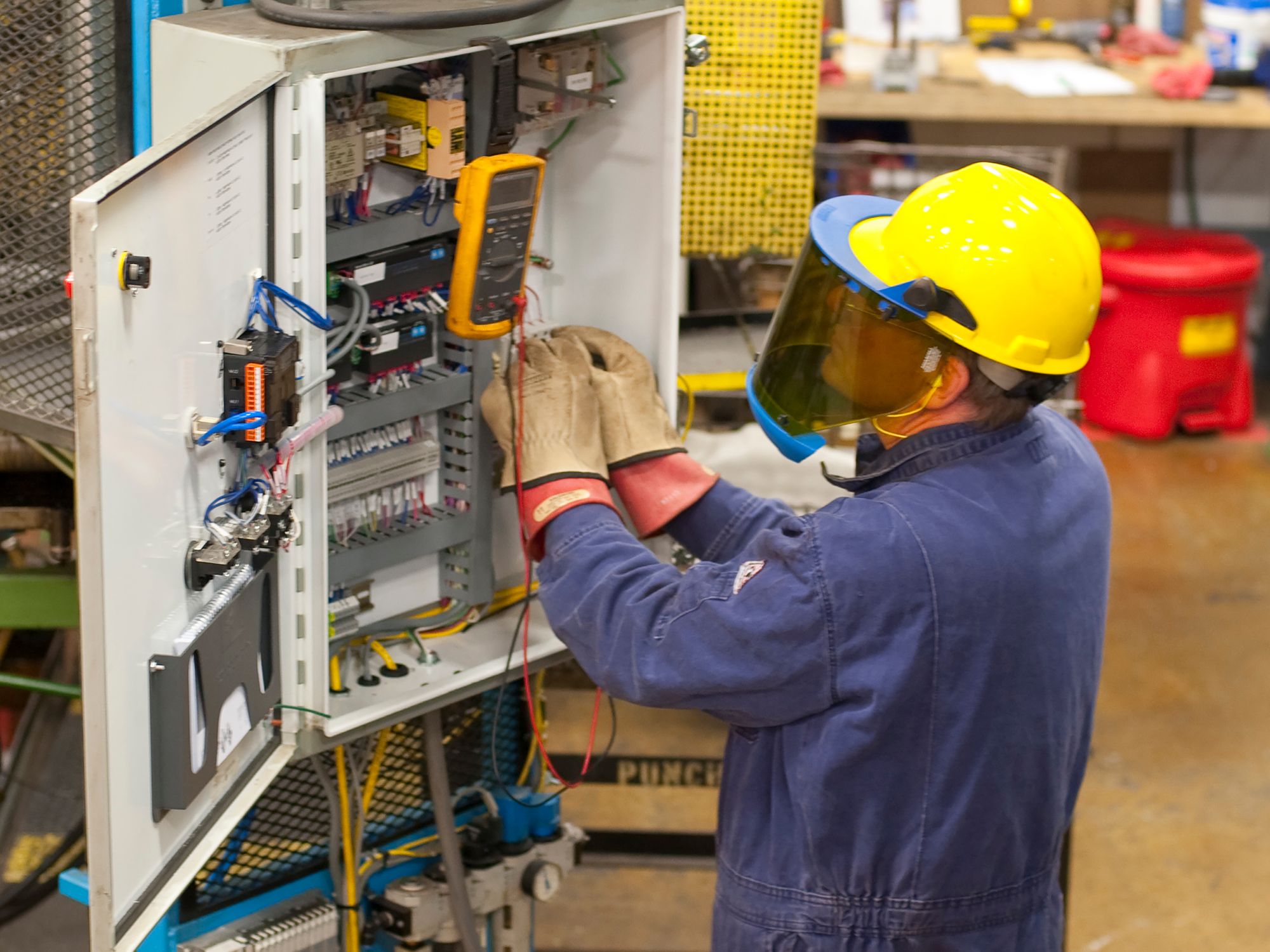Failing to perform lockout/tagout

Employees can be seriously or fatally injured if machinery they service or maintain unexpectedly energizes, starts up, or releases stored energy. OSHA’s standard on the Control of Hazardous Energy (Lockout/Tagout), found in 1910.147, spells out the steps employers must take to prevent accidents associated with hazardous energy. The standard addresses practices and procedures necessary to disable machinery and prevent the release of potentially hazardous energy while maintenance or servicing activities are performed.
Two other OSHA standards also contain energy control provisions: 1910.269 and 1910.333. In addition, some standards relating to specific types of machinery contain deenergization requirements such as 1910.179(l)(2)(i)(c) (requiring the switches to be “open and locked in the open position” before performing preventive maintenance on overhead and gantry cranes). The provisions of 1910.147 apply in conjunction with these machine-specific standards to assure that employees will be adequately protected against hazardous energy.
